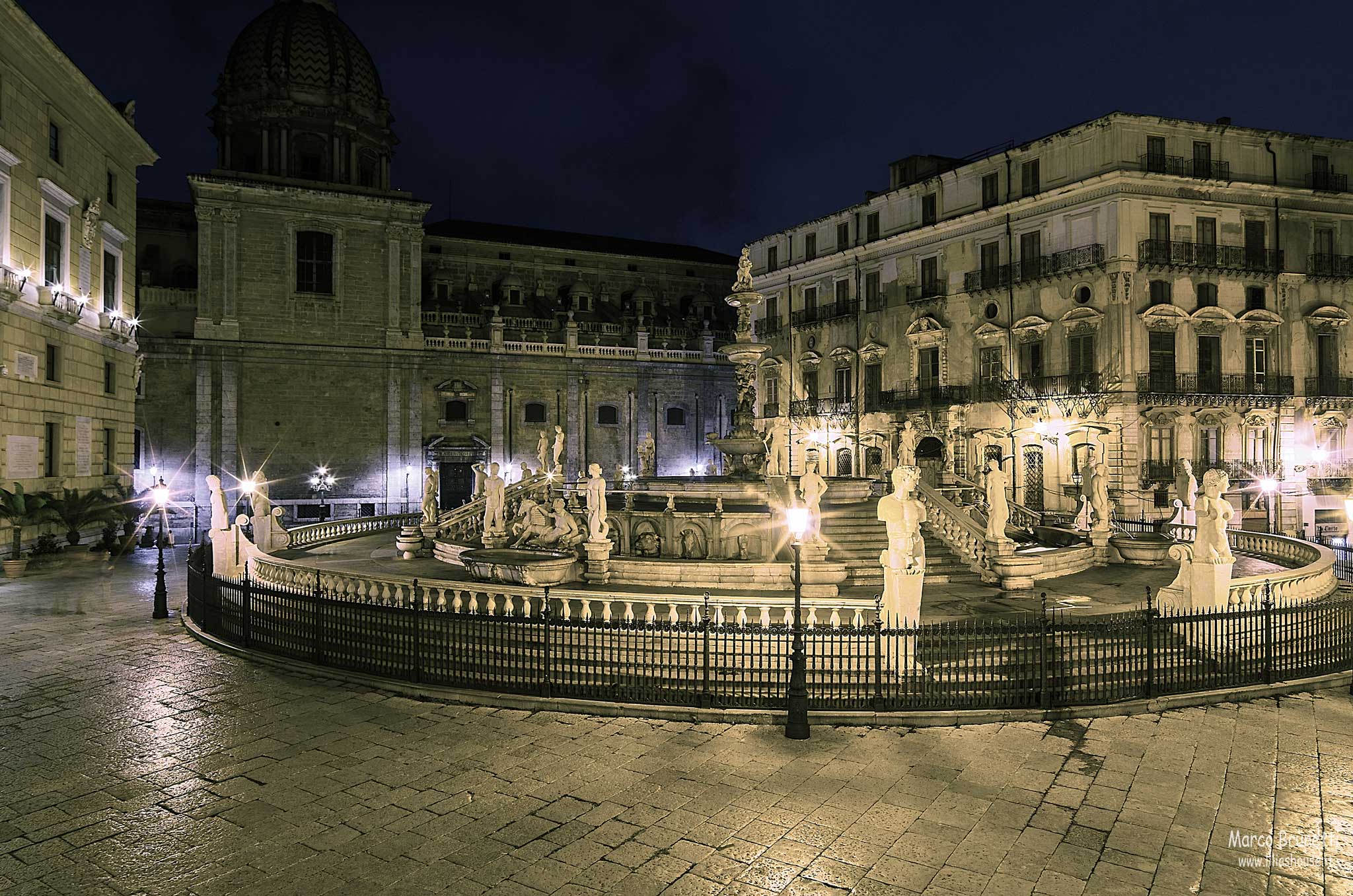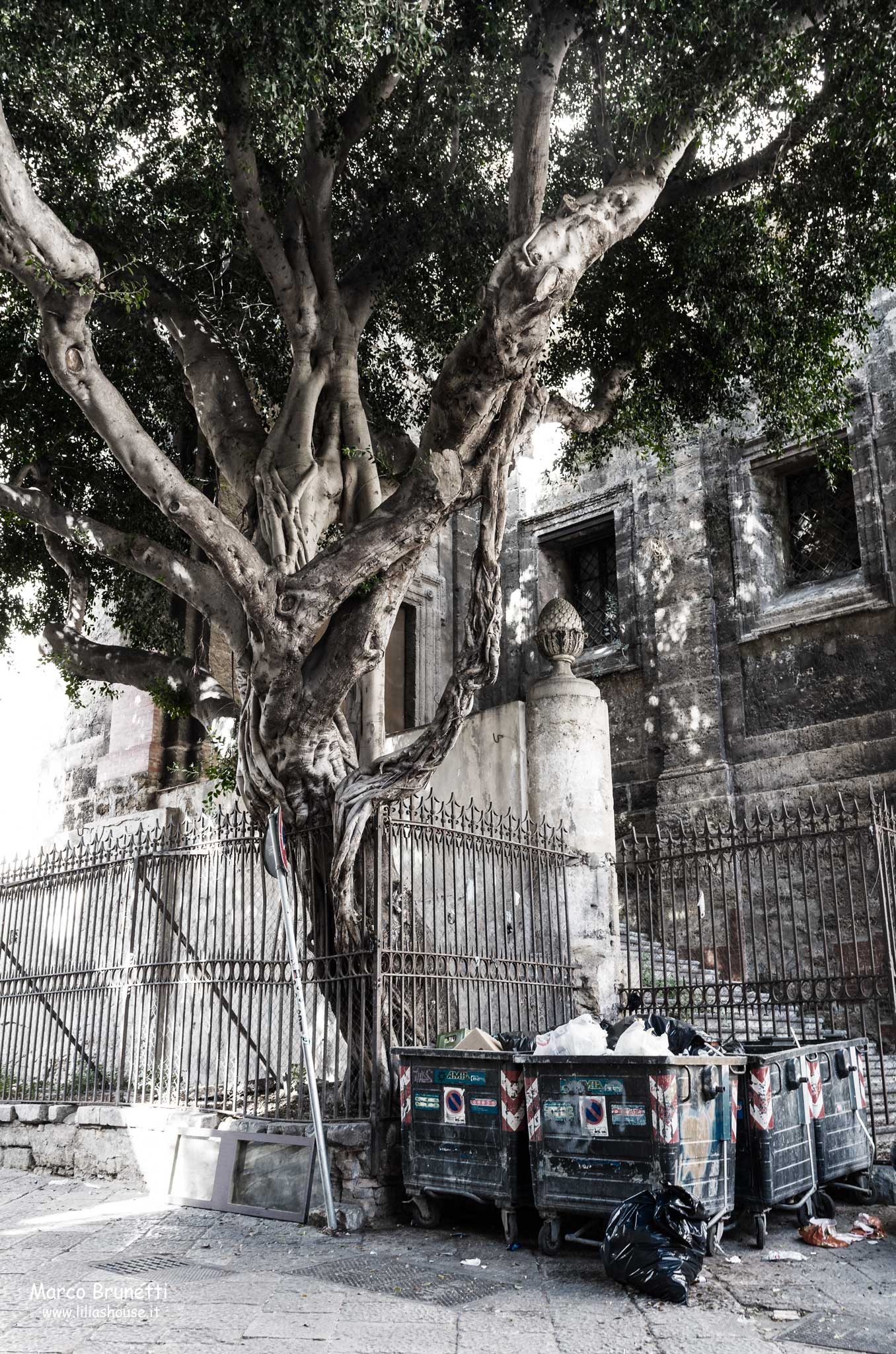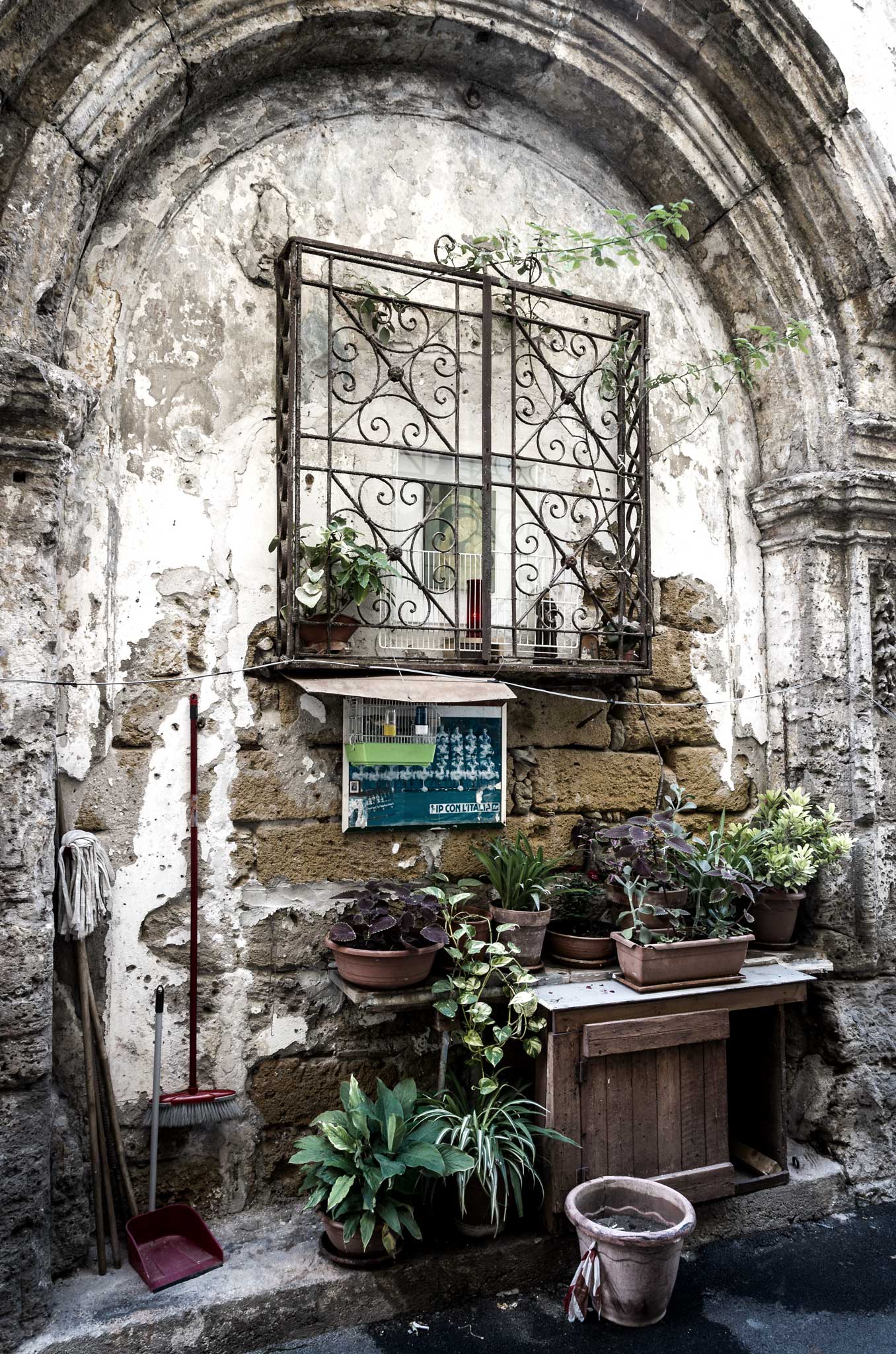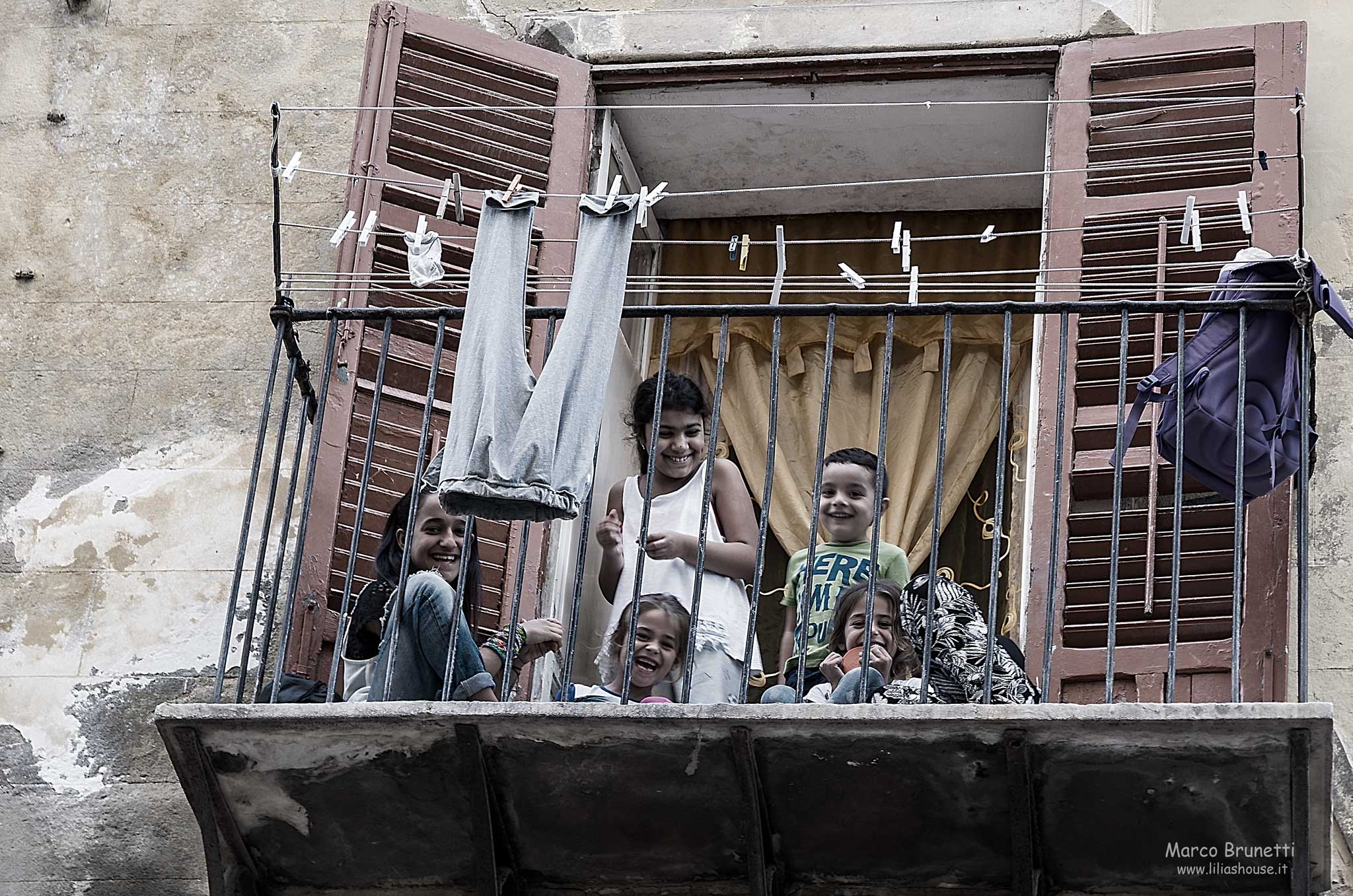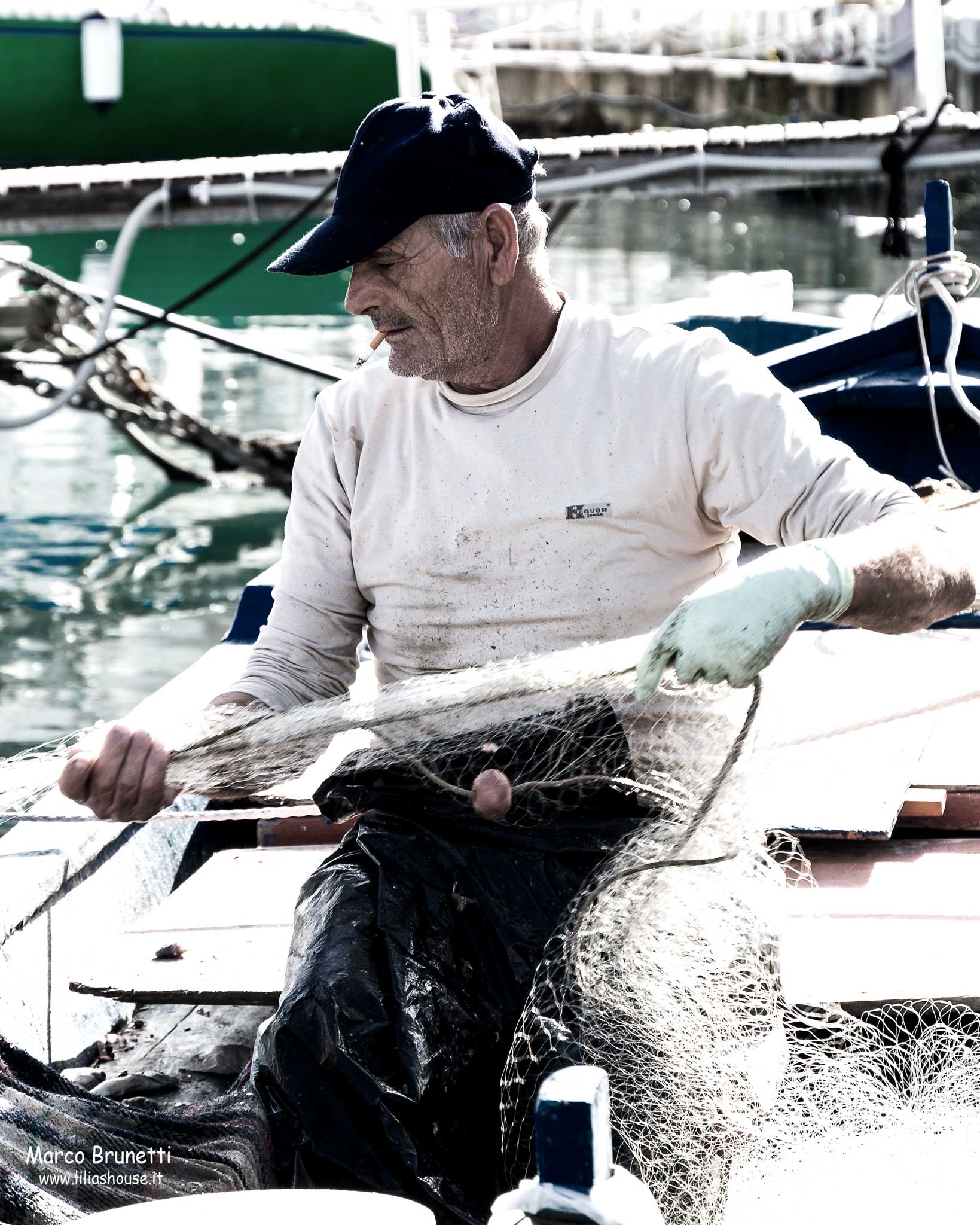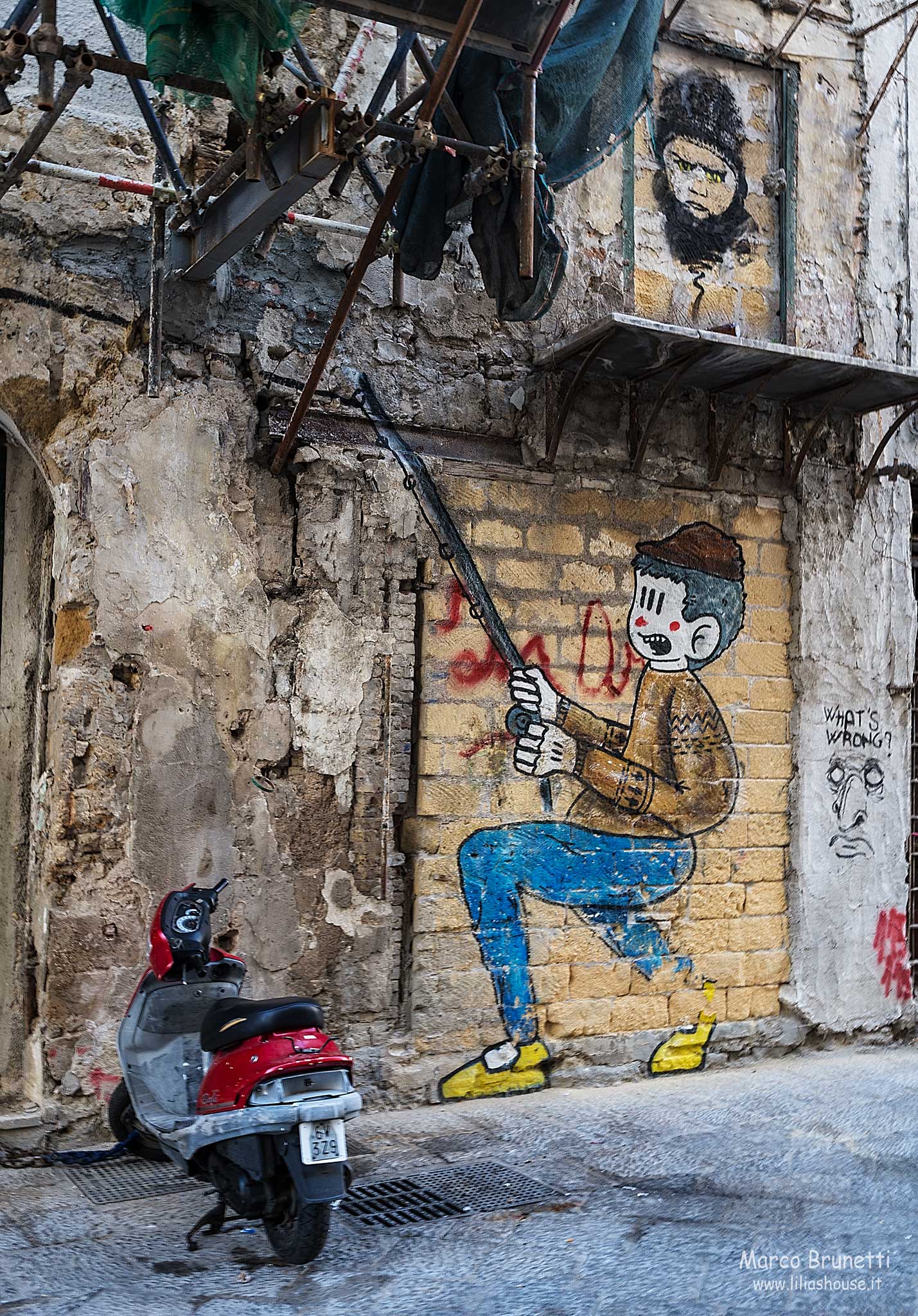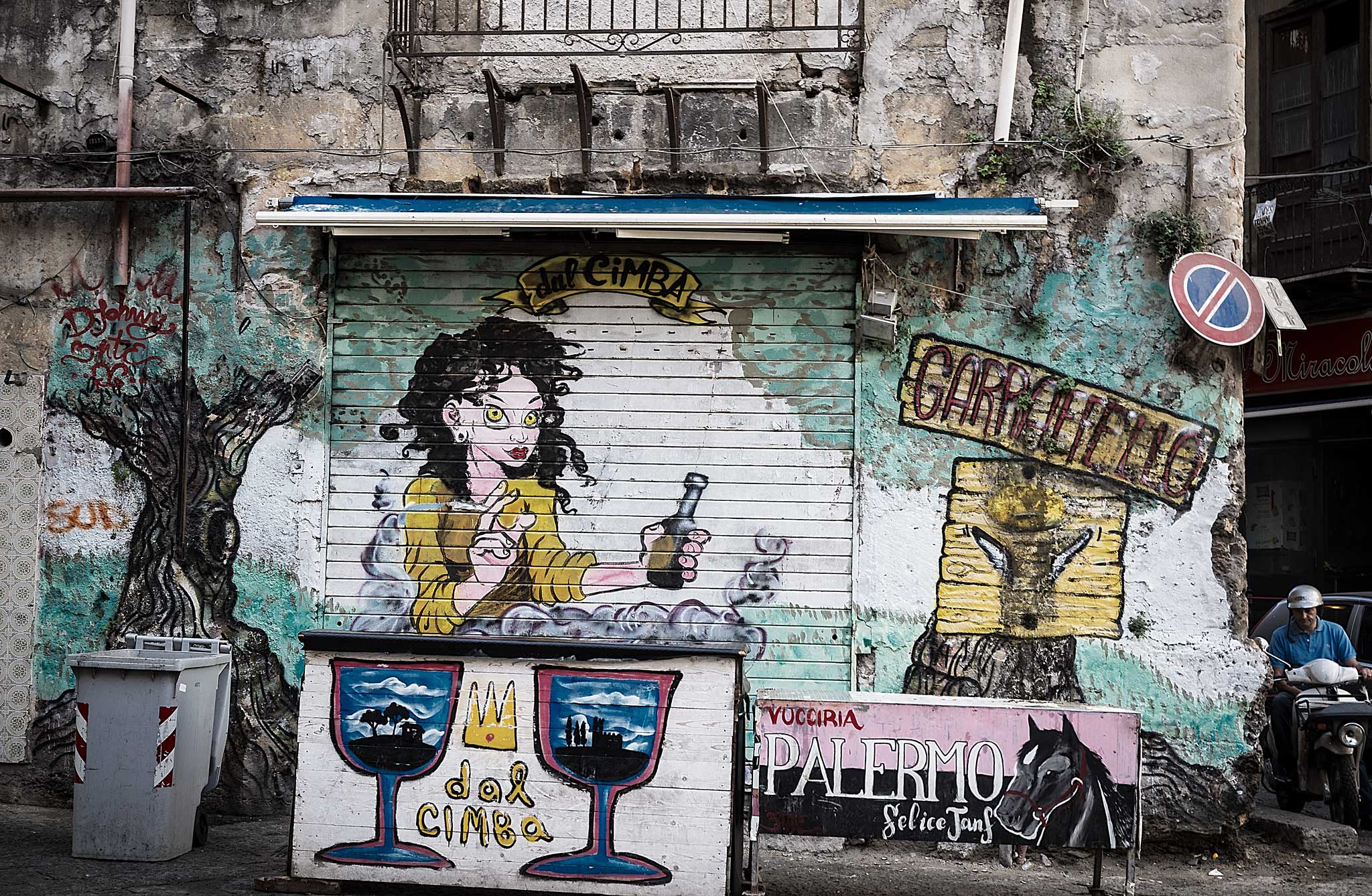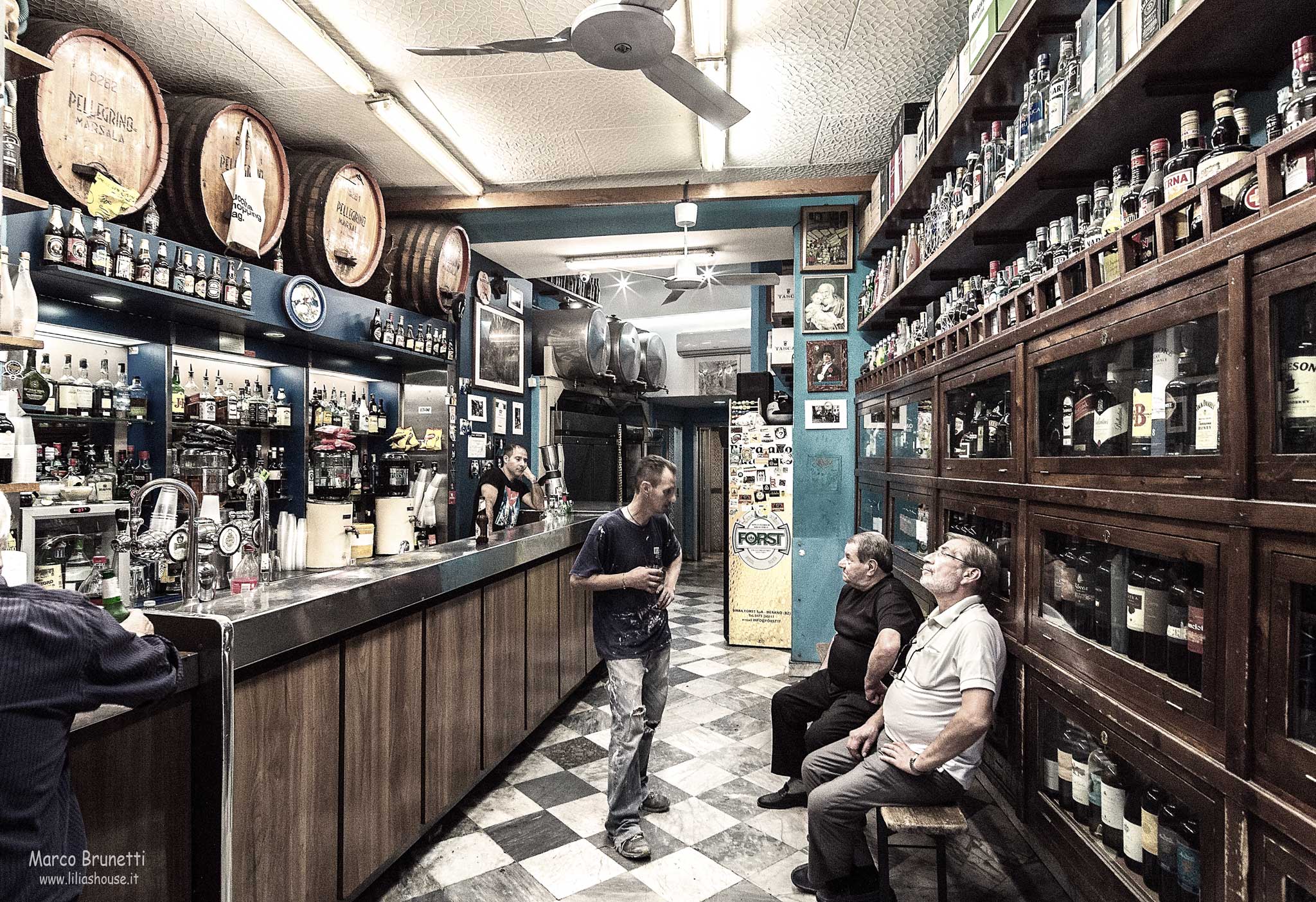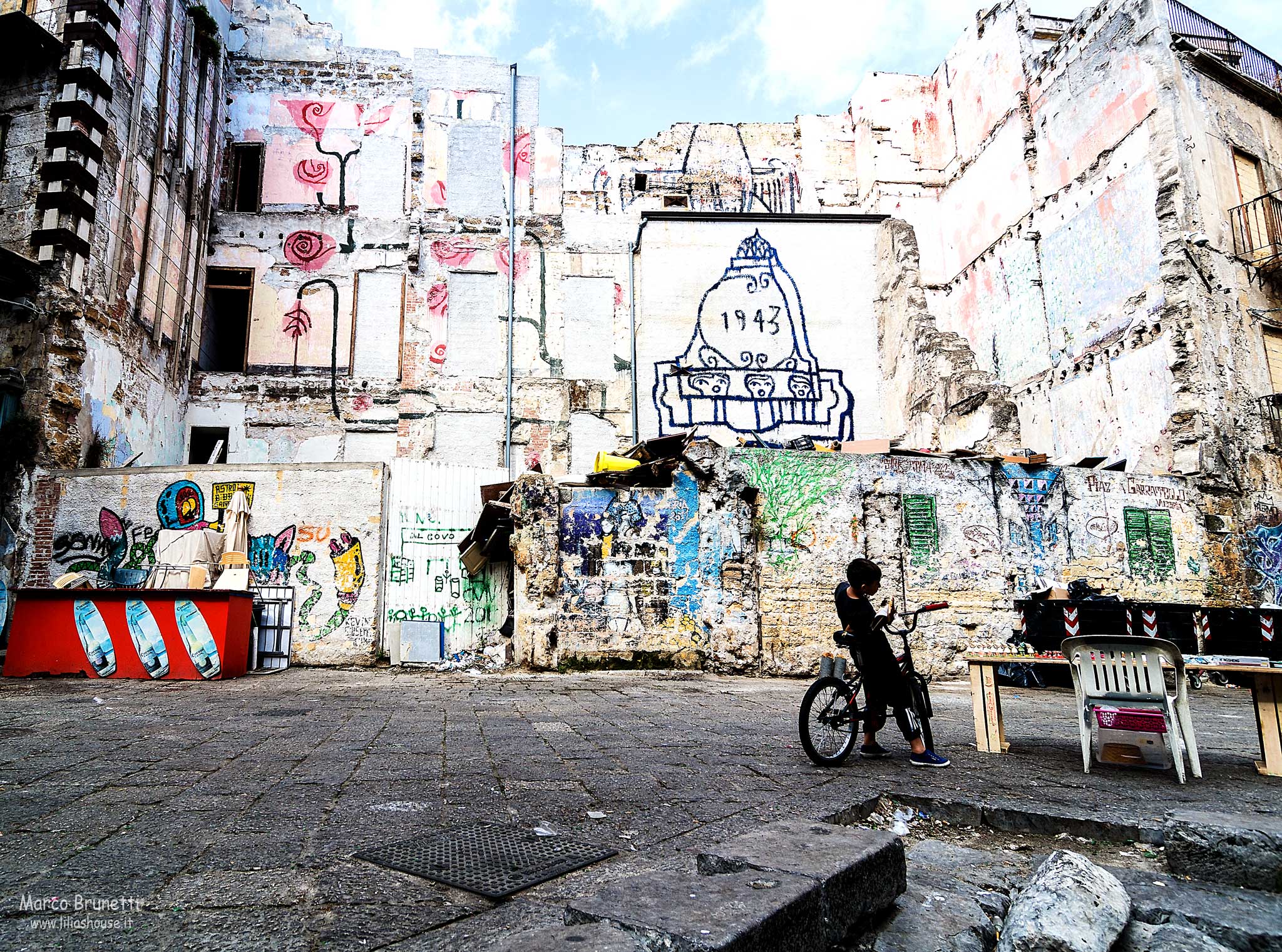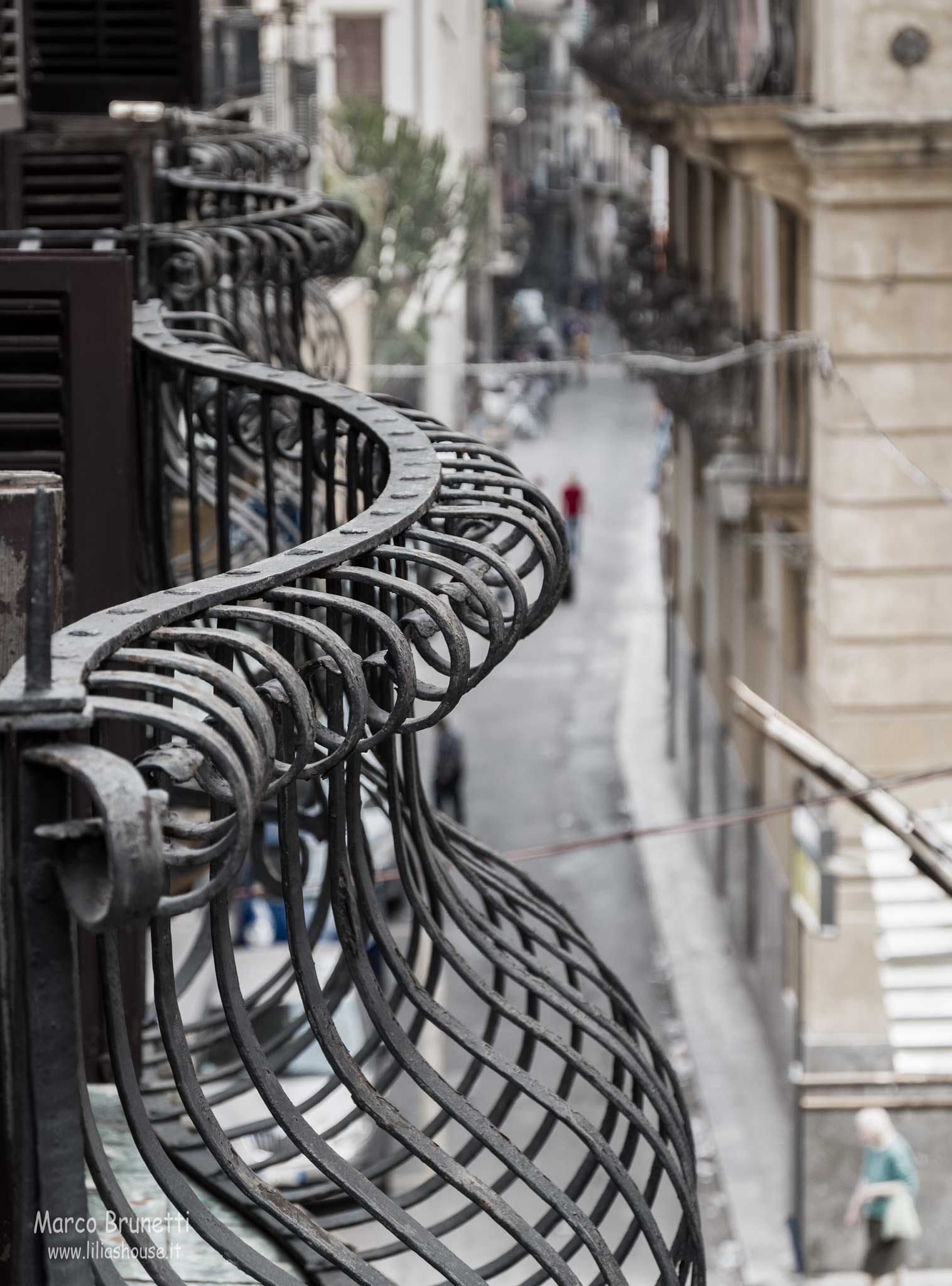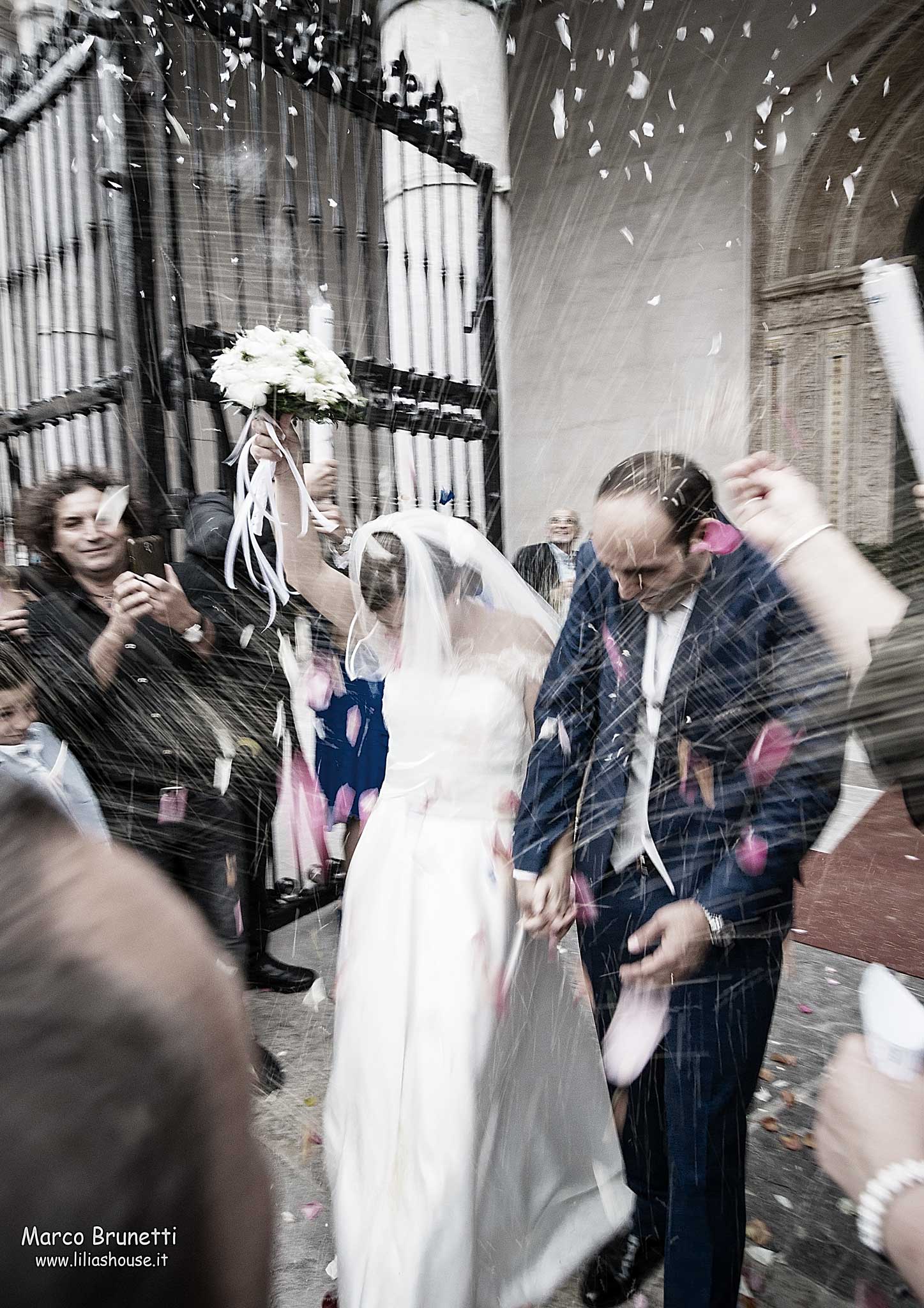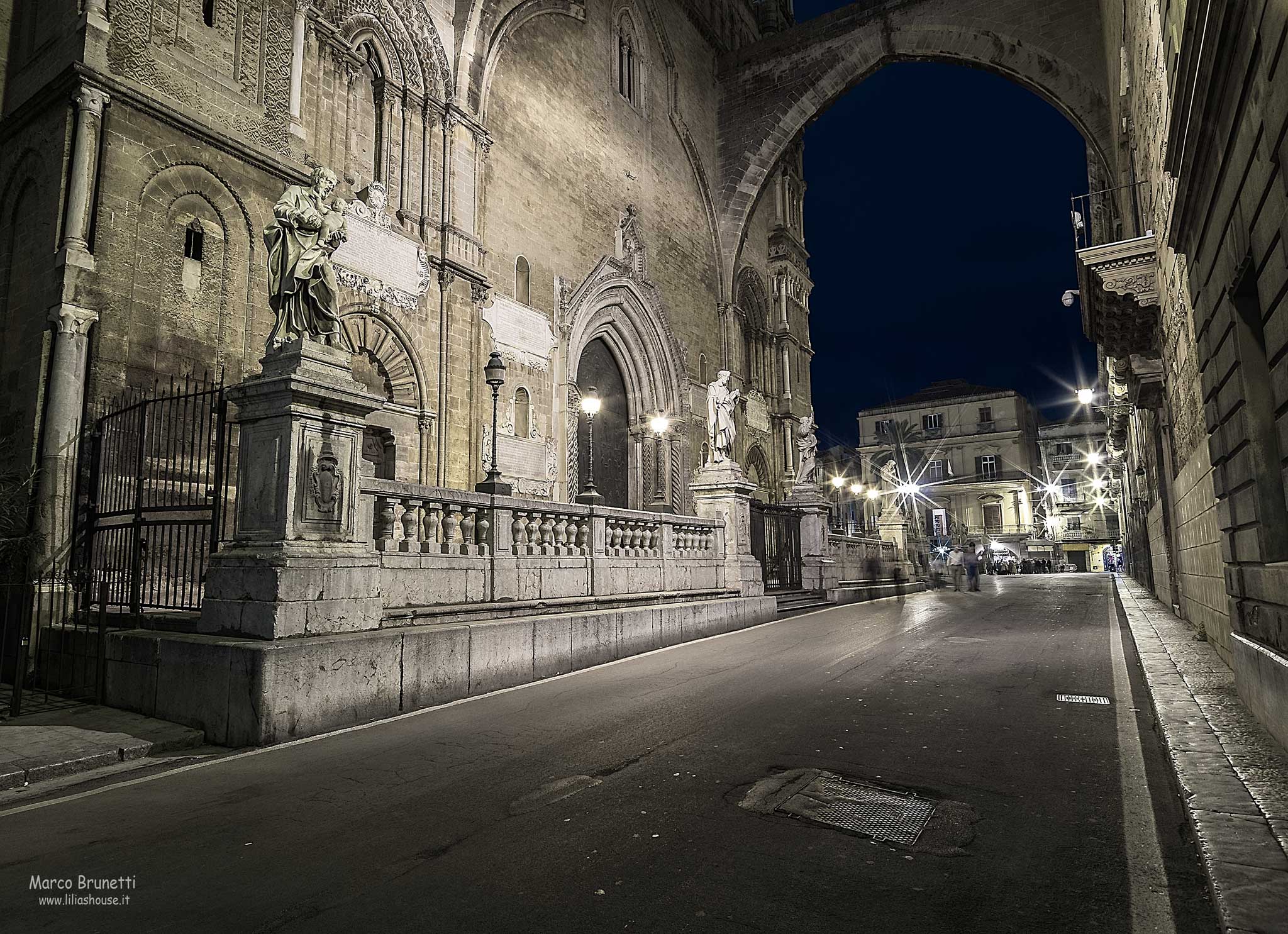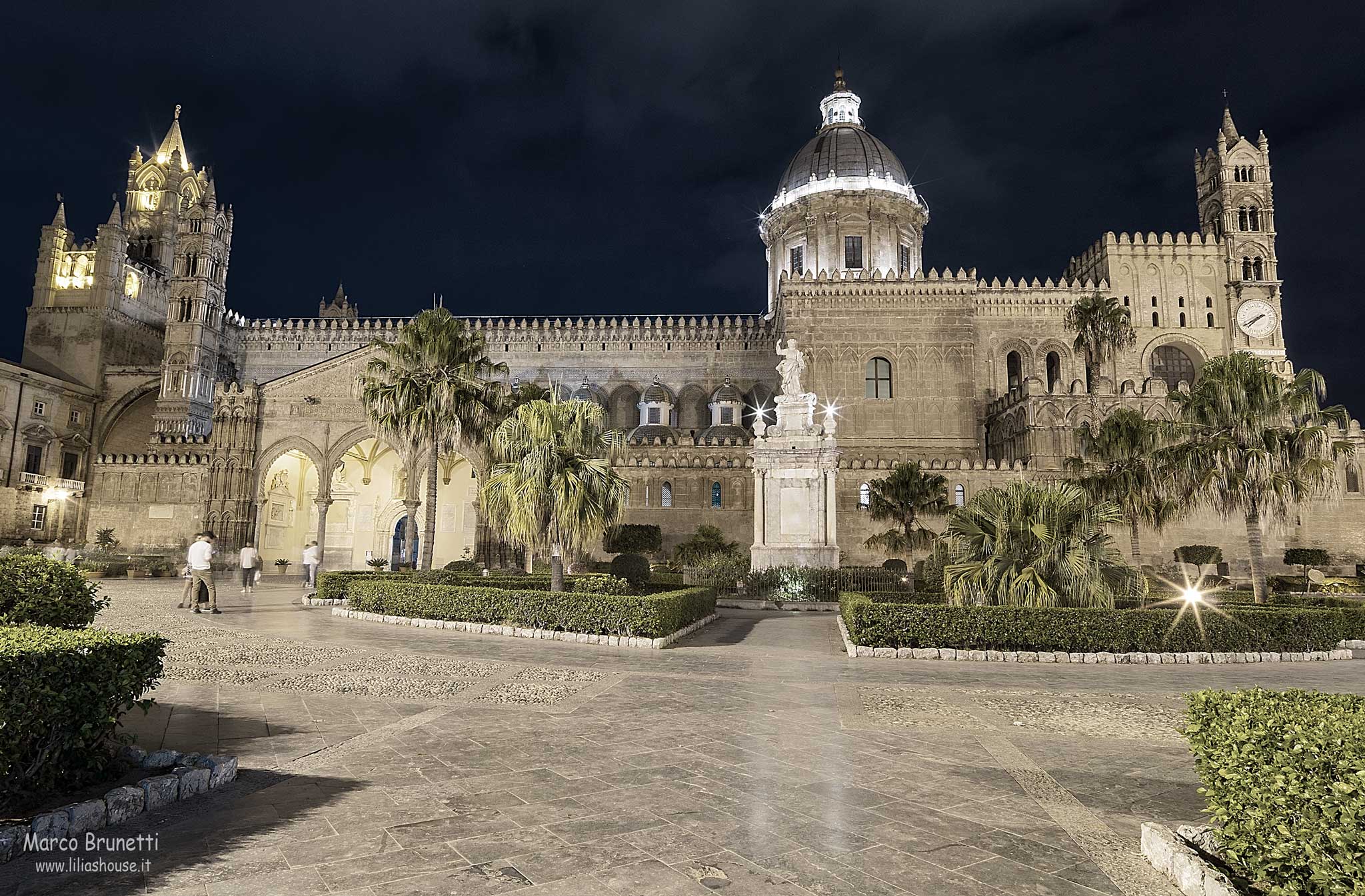All photographs displayed in these posts were taken and owned by Marco Brunetti, unless otherwise noted.
Thursday, July 27, 2017
Places to visit: Palermo
Palermo, the regional capital of Sicily, is one of those cities with its own very distinct, almost tangible atmosphere, a place of mystery where reality often outperforms the traveller’s imagination and preconceived stereotypes. It is a buzzing Mediterranean centre whose 1 million inhabitants are a fascinating cocktail of apparently conflicting characteristics.
Palermo’s history has been anything but stable as the town passed from one dominating power to another with remarkable frequency. Its strategic position in the middle of the Mediterranean brought wave upon wave of invaders including the Phoenicians, the Carthaginians, the Greeks, the Romans, the Saracen Arabs, the Normans, the Swabians, the French and the Spanish Bourbons just to name the most influential. The result of this quilted history is evident today in the vast range of architectural styles, the intriguing fusion of ingredients used in many local dishes and in many place names which are obviously not of Italian origin.
Visiting Palermo is still somewhat of an adventure in a world where so many places have become tourist-friendly to a fault. You won’t find many restaurants with menus translated into 5 different languages, you may have trouble communicating in English in many places, and some parts of the old town centre have remained untouched since they were bombed during the war. There are many back streets that have only just opened up to those from without and it is still often difficult to obtain any information worth having. However, this is also a stimulus to those who wish to embark on a little adventure, to discover things for themselves, to dig into the very fabric of the city and to try to understand what really makes Palermo (and its people) tick.
The often faded grandeur of many of Palermo’s wonderful palaces and churches in the centre gives way to popular areas whose way of life doesn’t fully belong to the 21st Century. This is particularly true of the markets, whose Arabic origins are still evident today thanks to their noise, smells, colours, narrow labyrinthine streets, the splendid array of food and other goods on display and the general ‘souk’ atmosphere.
Artistic delights abound at every corner, maybe most strikingly in the spectacular mosaics in the Palatine Chapel in Palermo and the Duomo of Monreale.
In his book “The Normans in Sicily” John Julius Norwich described the Palatine Chapel as follows: “It is in this building, with more stunning effect than anywhere else in Sicily, that we see the Siculo-Norman political miracle given visual expression - a seemingly effortless fusion of all that is most brilliant in the Latin, Byzantine and Islamic traditions into a single harmonious masterpiece.”
In 2015, Arab-Norman Palermo and its neighbouring cathedrals were granted status as a UNESCO World Heritage Site. Spread over a combined 6,235 hectares and including nine monuments - the Royal Palace and Palatine Chapel, the Zisa Palace, Palermo Cathedral, the Palermitan Churches of San Giovanni degli Eremiti, Santa Maria dell’Ammiraglio and San Cataldo, the Admiral’s Bridge, and the cathedrals of Monreale and Cefalù - the site provides, in UNESCO's words, "an outstanding example of a socio-cultural syncretism between Western, Islamic, and Byzantine cultures. This interchange gave rise to an architectural and artistic expression based on novel concepts of space, structure, and decoration that spread widely throughout the Mediterranean region... The innovative re-elaboration of architectural forms, structures, and materials and their artistic, decorative, and iconographic treatments – most conspicuously the rich and extensive tesserae mosaics, pavements in opus sectile, marquetry, sculptural elements, paintings, and fittings – celebrate the fruitful coexistence of people of different origins".
below some shoots
If you wish to know more about the place or the photos please send me a message.
